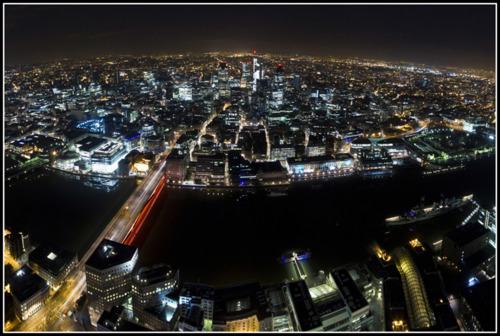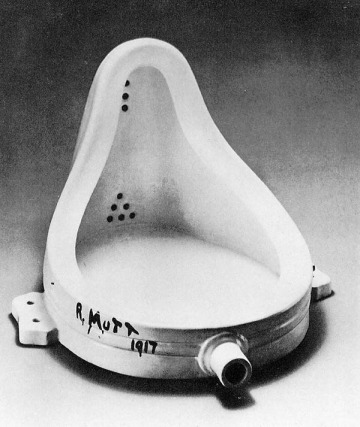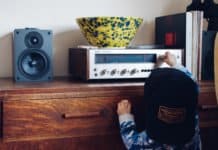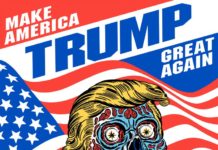I was pretty amazed by these photos taken from atop the Shard – which at the current state of completion is the tallest skyscraper in Europe. The stunning snaps are thanks to a plucky group of ‘urban explorers’ who (mostly) made it past security to climb a thousand feet all the way to the crane at the top.
Alongside the stunning images, the blog post’s author takes the opportunity to air a polemic against crap architecture and modern Art. Whilst I think most of us are surprised at some of the urban monstrosities that get planning permission, I am always amazed when anyone with even the most passing awareness of beauty pipes up with a blanket disdain for anything which “a five-year-old could do”.
In a world where religion is on the wain, I believe that more than ever we need spaces to reflect, to be reminded of and forced to consider certain things which we would not have otherwise considered. Art, the sort that sits in galleries collecting dust and not being touched, provides us with a priceless opportunity to open our minds to new ideas and reflect on our situation in new ways.
In the West as in many cultures, religion and Art were tightly intertwined until relatively recently. Walk through any large gallery and you’ll notice anything before about 1500 is almost all religious. Anything between then and about 1750 is still lots of religion with a good dollop of portraiture and history thrown in, and then onwards through the 19th century gets a bit more landscape and still life-heavy before Art hits a cataclysmic step change with the onset of Impressionism – the first truly ‘modern’ Art. And the reason paintings suddenly looked so different? Photography.
Due to the invention of photography, Art would never be the same again now that painters and sculptors were relieved of the pressure of accurately rendering scenes in oil, canvas and clay. This development gave artists great freedom from the rigours of figurative painting and sculpture, and also presented a challenge to stay relevant and necessary. Artists rose to this challenge. After all, painting – and indeed all hand-made Art – would always be able to express more than a photograph ever could – the feeling, emotion, sounds and so on – of a place or person.
The next pivot was 1917 when Marcel Duchamp famously presented his latest piece – a urinal lay down on a plinth with a fake signature cheekily painted on it, entitled ‘Fountain’. From that point on, pure workmanship would no longer be the only measure by which Art was judged. Conceptual Art was born and so started the great “what is Art?” debate, which still rages on in gallery cafes today.
Fountain, 1917 – Marcel Duchamp
Nowadays, Art is a medium of expression defined by its lack of boundaries, far removed from the Christian scenes of medieval Europe. We grant artists of all disciplines – musicians, writers, actors, painters – complete freedom to deconstruct formats and break the rules in pursuit of evermore lucid and poignant expression. In return we participate in an economy of taste where we the public are wonderfully spoilt with a rich gamut of creative media to consume and endorse (or not) where we see fit, whether that’s paying to enter a gallery, downloading a song or pinning a poster print we like to our Pinterest boards.
Would we really give up such a privilege? There’s good reason behind Art receiving government funding – it makes us more thoughtful, balanced and fulfilled people. A bit like church used to, apparently, only with better gift shops.
Want to learn new creative and marketing skills with me? Check out upcoming courses on topics like SEO, content marketing, copywriting and podcasting.
What's trending in digital marketing?
Stay on top of the latest news, tips, tools and updates in digital. Just for people in marketing and business. No fluff, no ads, no spam.
Join thousands of readers keeping abreast with it all, every Thursday.



















